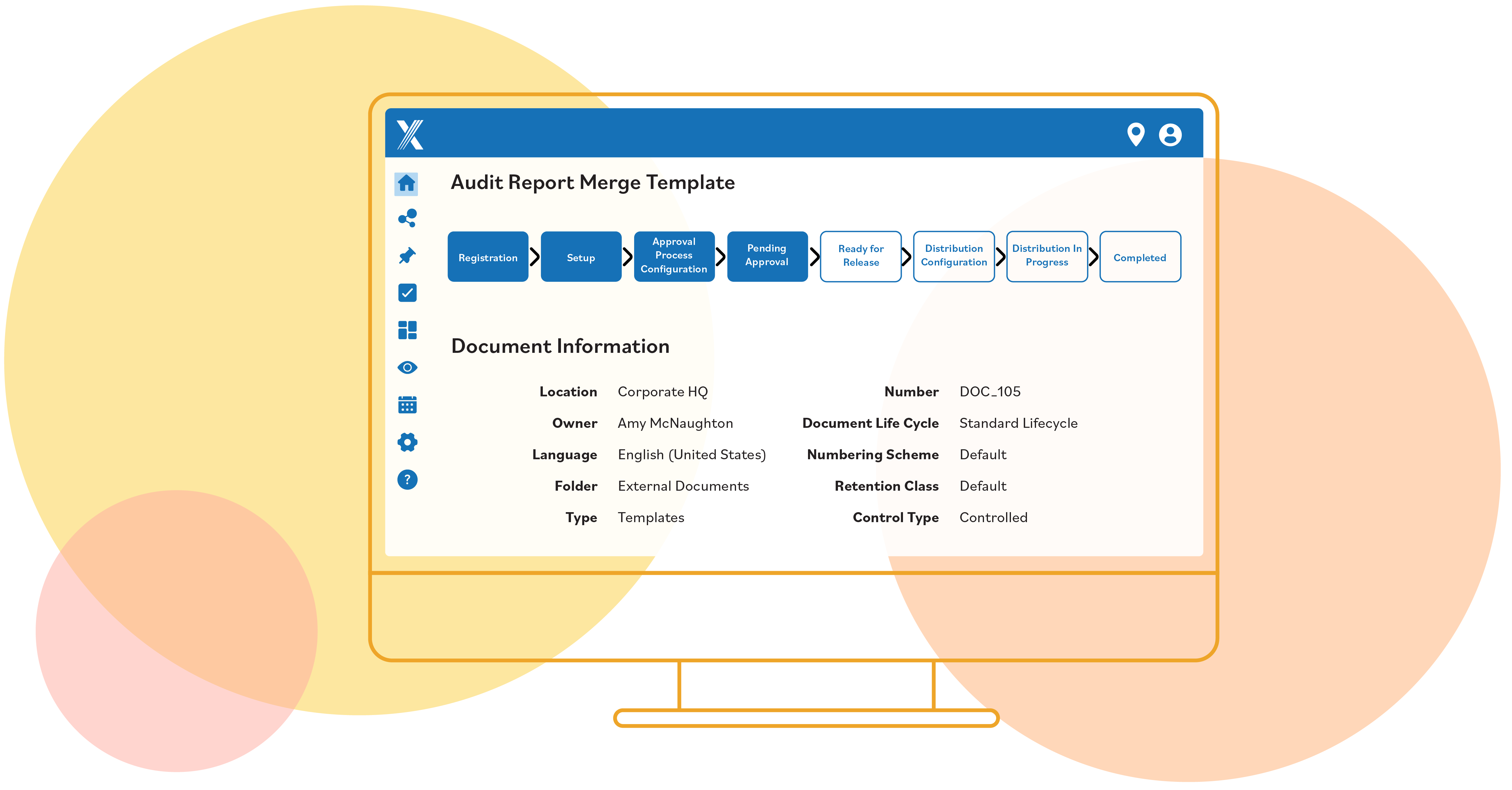Four Considerations to Achieve Health and Safety Compliance
April 18, 2019
Over a series of three blogs we are going to examine how to achieve health and safety process excellence. There are three main objectives that EHS professionals must fulfill to achieve their health and safety goals: maintain compliance, anticipate and manage hazards and improve safety culture.

This first blog is going to focus on the building blocks that create the foundation for maintaining safety compliance and engaging in continuous improvement. Some keys to achieving this objective are automating reports and document control to ensure consistency between departments and locations, tracking employee training as well as audits, and automating compliance with various federal, state or province or local regulations.
Creating the Right Solution
Technology can assist your organization in maintaining all those records and help you ensure that your facility complies with local regulations. In fact, technology has become an essential tool in achieving process excellence within your organization, regardless of your company’s size.
Here are four things to consider as you choose a solution that can move your organization toward compliance:
1) Identifying Applicable Safety Regulations
You may be subject to a dizzying patchwork of regulations, some of which have the potential to conflict with each other. If you’re maintaining certification to one or more management systems standards, you’ll need to keep up to date on those requirements as well. It’s important to know what you’re supposed to be doing. A well-designed health and safety software solution can track it all for you.
Although U.S. state and federal Occupational Safety and Health Administration (OSHA) regulations are the most well-known H&S regulations, you may need to keep track of others, depending on:
- Your industry. Some industries are subject to regulations instead of, or in addition to, state and federal OSHA regulations. These may include health and safety rules published by other federal agencies and health and safety rules published by states. For example, many states have laws on the books about patient lifting or violence prevention in health care. – Health and safety rules published by local governments. Many local smoking ordinances fall into this category; many are aimed at specific industries, such as restaurants and hotels.
- Your geographic locations. The rules that apply to you may vary depending on where you do business. Employers who do business internationally may need to comply with layers of regulations in multiple countries.
Whether you’re tracking regulatory requirements or third-party consensus standards or both, health and safety software can be the tool that finally enables you to do so in a way that’s truly manageable.
2) Automating Compliance Processes
Compliance often requires the completion of regular audits, inspections and corrective actions. Although you can use a spreadsheet to track these, a well-designed software solution can better safeguard your compliance by:
- Tracking when audits and inspections are due for completion
- Notifying the appropriate people when it’s time to complete them
- Tracking them to completion
- Aggregating and indexing the information collected
- Notifying you and anyone else who needs to know about identified deficiencies and recommended corrective actions
- Tracking corrective actions to completion and providing notifications when the work is done.
3) Automating Training Schedules
When was your hazard communication training last updated? What about respiratory protection, hearing protection, bloodborne pathogens or forklift operator training? Do your workers hold any third-party certifications, such as crane operator training, and are those up to date? Does your new hire possess training that’s valid but that comes due for renewal sooner than your other employees?
A well-designed software program can keep track of this information, index it for you and generate custom reports as needed to demonstrate compliance to upper management, union representatives and, of course, OSHA. When OSHA identifies a problem or workplace hazard for which there are specific training requirements, you can bet it will question the adequacy of your training. OSHA may also issue a citation if the agency believes that your training was somehow inadequate. If you can produce well-organized, well-documented records showing when an employee was trained, what the training covered, what the trainer’s credentials were and any additional relevant information – such as an interpreter being provided for non-English speaking workers – you may save your organization a costly citation.
4) Automating Document Control
Training and audit documentation are just two of the many kinds of document control that can be automated, indexed and effectively managed using software. Other types of documents that can be better tracked and managed using software include permits, chemical inventories, written programs and work procedures.
All of these can be kept up to date, maintained consistently across locations, and made readily available to people who need them in all of your locations. In addition, many software systems offer automated off-site backups. A hurricane in Houston or an earthquake in Mexico won’t result in a loss of data and information that was vital to your program.
Identifying applicable and up-to-date standards as well as automating the compliance process, your training schedules and document control can help your organization achieve performance excellence in health and safety management. There are solutions that will help you achieve these objectives.






